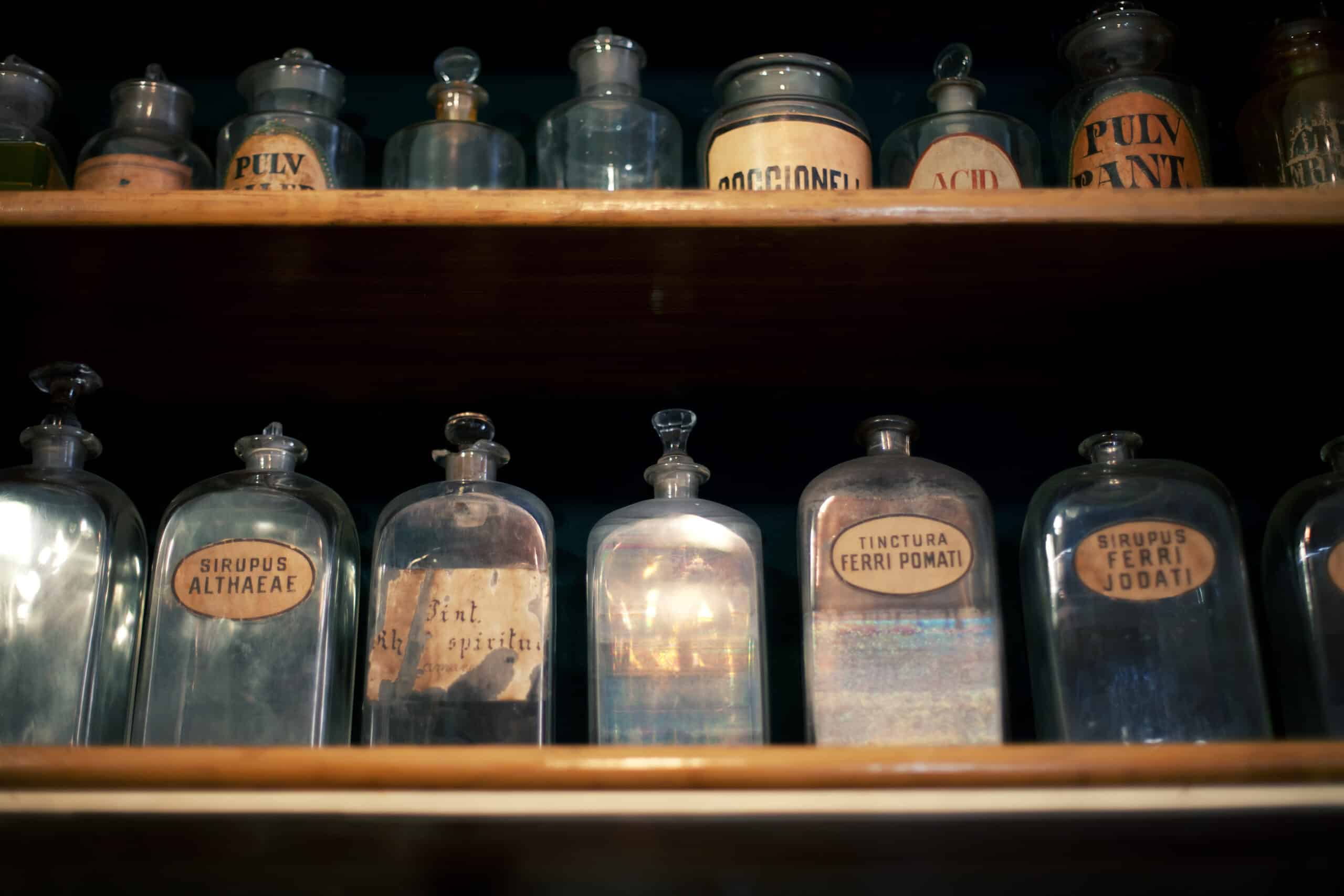The Skinny:
So maybe modern medicine isn’t all we wish it would be. At least it’s a lot better than it was. Want proof? WellWell has put together a list of healthcare practices and remedies from the not-too-distant past that was just, well, frightening and harmful. So, read on and be grateful healthcare has taken a few steps forward.
The Slate:
Heroin
Yikes, heroin was developed to be a less harmful and addictive alternative to morphine. Obviously, that wasn’t the case as it turned out to be twice as potent. Not satisfied with simply burying the drug, at the turn of the 20th Century it then was used to treat coughs, reduce pain and even fight insomnia. It found its way into numerous over-the-counter cough syrups through 1910.
Radium
Radium once was a go-to treatment for arthritis, impotence and aging. An early 20th Century product called the Revigator was even used in thousands of American homes. It combined water and radium in a crock. Obviously, the practice didn’t cure aging or much else. It just caused some people to suffer from radiation sickness.
Cocaine
Sigmund Freud was a big fan of prescribing cocaine to his patients. He wasn’t alone in this whacked-out 19th Century treatment for a range of ailments from depression to migraines and toothaches.
Tapeworms
In what can only be described as a revolting approach to weight loss, some smarts-lacking individuals believed in the “tapeworm diet.” The idea was that an ingested tapeworm would eat some of the food a person was gobbling up, helping them lose weight. Not only was it disgusting, but it was also simply a bad idea because many tapeworm species can have horrific effects on the human body. Not surprisingly, with many of those on the tapeworm diet suffered from malnutrition, nausea, vomiting, diarrhea and anemia.
Hemiglossectomy
Stutterers in the 18th and 19th centuries faced the awful treatment prospect of having part of their tongues removed. The treatment is still used today to deal with some cases of oral cancer, but it is performed in a more professional manner with patients going under general anesthesia. Unfortunately, not only was the early practice ineffective and painful, but some patients also bled to death.
Arsenic
Before penicillin came into being, arsenic was used to deal with diseases such as syphilis and trypanosomiasis (aka “sleeping sickness”). It was also less commonly used for malaria and tuberculosis. Arsenic compounds, amazingly, are still available in medicine today for treatments of specific subtypes of leukemia and trypanosomiasis, albeit in a controlled and safe manner.
Whirling Chairs
The treatment of mental illnesses has a long and unfortunately dark history. The whirling chair approach was actually seen as a mid-19th Century movement away from simply locking the mentally ill away. The treatment was pretty much what it sounds like. Patients were placed in a chair modified with a spring and lever system used to spin them until they passed out. The misplaced theory held that spinning could cure conditions like schizophrenia.
Eyes Up:
What flawed medical practices have you heard of? Let us know at info@wellwellusa.com.
WellWell editors independently identify services and products of interest. If readers purchase anything through the associated links, WellWell may earn a commission, which goes to support our work. Learn More.













